Updated, 3/11/16
“Press gangs in the hire of local merchants roamed the streets, seizing ‘by force such boys as seemed proper subjects for the slave trade.’ Children were driven in flocks through the town and confined for shipment in barns…so flagrant was the practice that people in the countryside about Aberdeen avoided bringing children into the city for fear they might be stolen…”
-Van der Zee, Bound Over, p. 210
Working class authors of the pulp era, such as Robert E. Howard, Zane Grey and Louis L’Amour, came from a bardic tradition of oral storytelling, and knew the history of their Scotch-Irish ancestors, and hence wrote extensively concerning the adventures of poor white heroes striking out into the world ahead and away from the aristocratic tradition of bondage in Europe, permitting their fictional heroes to take the stage where only the nobility had been permitted to wax heroic in the European literary tradition. Below is an example of one boy’s fate, that may well have been shared by any of the ancestors of men 100 years ago, who still had an oral link to their plantation past.
Although my white slave ancestors were a mixture of Irish POWs sold to English Catholics and English orphans sold to French Canadians, my father-in-law has an ancestor who was a Cornish/Irish slave, sold to a Manhattan-based plantation owner—a Dutchman, I think—and who eventually escaped into the hinterland, settling around Syracuse New York. His history more closely mirrors the norm for white America slaves.
Below is a summary adapted from a tract by Michael A. Hoffman’s, They Were White and They Were Slaves, referencing the book The Life and Curious Adventures of Peter Williamson, Who was Carried off from Aberdeen and Sold for a Slave.
1743, Aberdeen, Scotland
Peter Williamson was kidnapped in Aberdeen and sold to the captain of the White Guineaman [a merchant ship that hauled white slaves and other cargo] the Planter. The Planter hauled 71 kidnapped Scottish children and ‘other freight.’
Eleven weeks out to sea, the Planter ran aground on a sandbar off of Cape May at the mouth of the Delaware River. [Which indicated that these kids were to be sold in the Philadelphia area, to the ever slave hungry Quakers and Amish of William Penn’s slave colony.] The ship began listing and taking on water, so the crew took the ship’s boats to the mainland and waited out the night. The Planter did not sink, however, and the crew returned and took off the children and other cargo in the morning.
Peter was next bought at auction by Hugh Wilson, an escaped slave from a southern colony, who had fled north out of bondage. Hugh bought Peter for the sole purpose of saving him from death at the hands of an owner, as most boys were worked to death before adulthood. From one brief passage it seems that Hugh bought multiple children and had them schooled at his expense. His foster father paid for Peter to be educated in a school, and, when he came near to death, willed his horse, saddle and little bit of money that he had accumulated, to Peter.
Peter fought Indians in the interior as part of his effort to literally carve a home out of the wilderness for his wife and friends, away from the slave-based economies of the coastal towns and piedmont farms. [This last passage of mine was a mistake. Although Peter did not buy slaves, he was surrounded by slave plantations worked by un-free un-armed Irish, who fell easy prey to restive Indians.]
Peter eventually returned to Scotland, published his book in Aberdeen and was arrested. His books were ordered burned. He was then fined, released, and banished from Aberdeen. He did not give up, but went to the Edinburgh Court of Sessions and made such a good case against the slavers of Aberdeen and the corrupt judiciary there, that the slave cartel in Aberdeen was ordered to pay him 100 pounds sterling.
As long as families of literate frontiersmen, farmers and artisans, continued to educate their own children at home, the life of their race remained an open book to their descendents. However, with the mass immigration of Irish—who had been formerly enslaved in their homeland by absentee British masters, and were, during the Civil War, conscripted as slave soldiers—mass public re-education of the kind employed to cleanse aboriginal culture and folk memories from American Indians, was mandated across the United States. Grey and 1990s author John R. Musick, wrote plainly about white-on-white injustice and how the colonial slave masters used Indians as a check on lower class freedom. But, by the time Howard wrote, such subversive ideals that had been preserved by his frontier clan, were best offered as fantasies cloaked in otherworldly horror.
By the time Mister L’Amour wrote his Sackett novels as listed in the linked fansite below, most of the white slavery elements had been scrubbed from them, with the fact that early characters were at odds with the British Crown and that a few generations lived in Appalachia serving as shorthand for their slave roots in L’Amour romanticized accounts, of which To the Far Blue Mountains was the best, in my opinion.
Although Louis L’Amour wrote well into the 1980s, he was a contemporary of Howard, who fought professionally at the same time Howard fought as an amateur. At the time Howard was writing ravenously L’Amour was reading at the same pace.
The Book Inspired By This Article
The comment from "guest" below resulted in Stillbirth of a Nation, linked here:


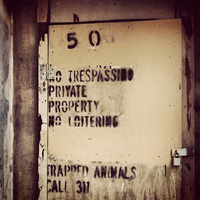
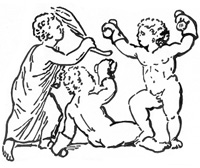
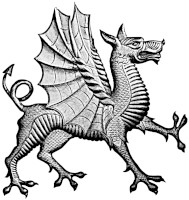
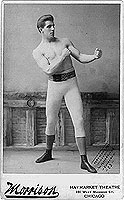
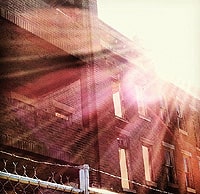
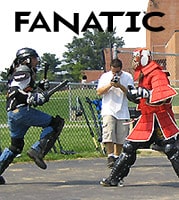
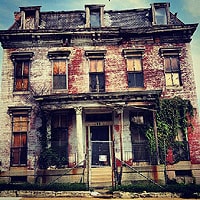


The referenced "Life and curious adventures of Peter Williamson" book is in the public domain and can be downloaded in various formats free of charge here:
archive.org/details/lifecuriousadven00will
And an abbreviated 77 page pdf of "They Were White and They Were Slaves" here:
thechristianidentityforum.net/downloads/White-Slaves.pdf
Also: en.wikipedia.org/wiki/Peter_Williamson
Thank you!